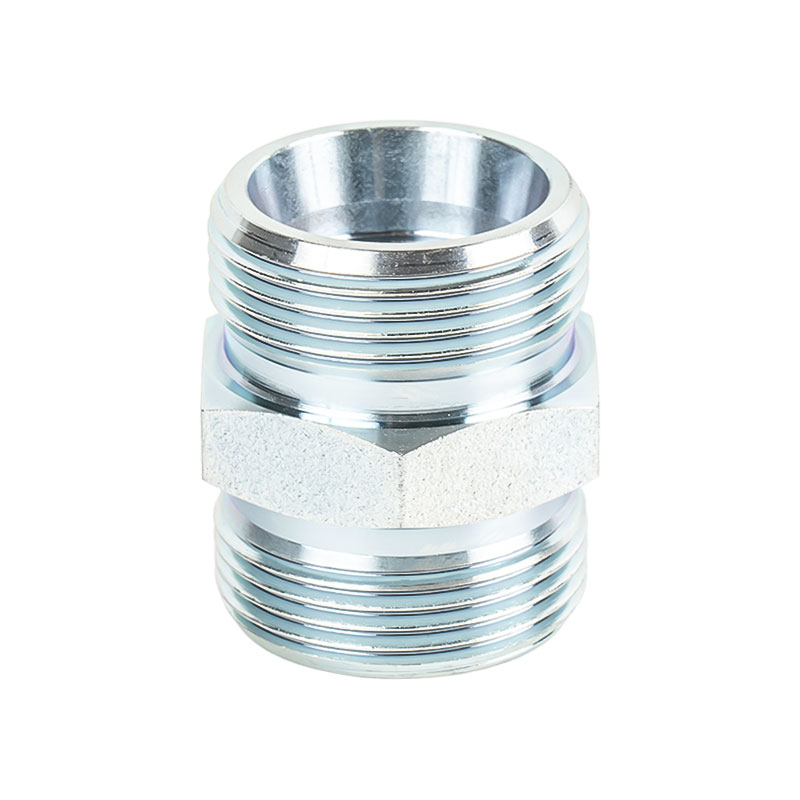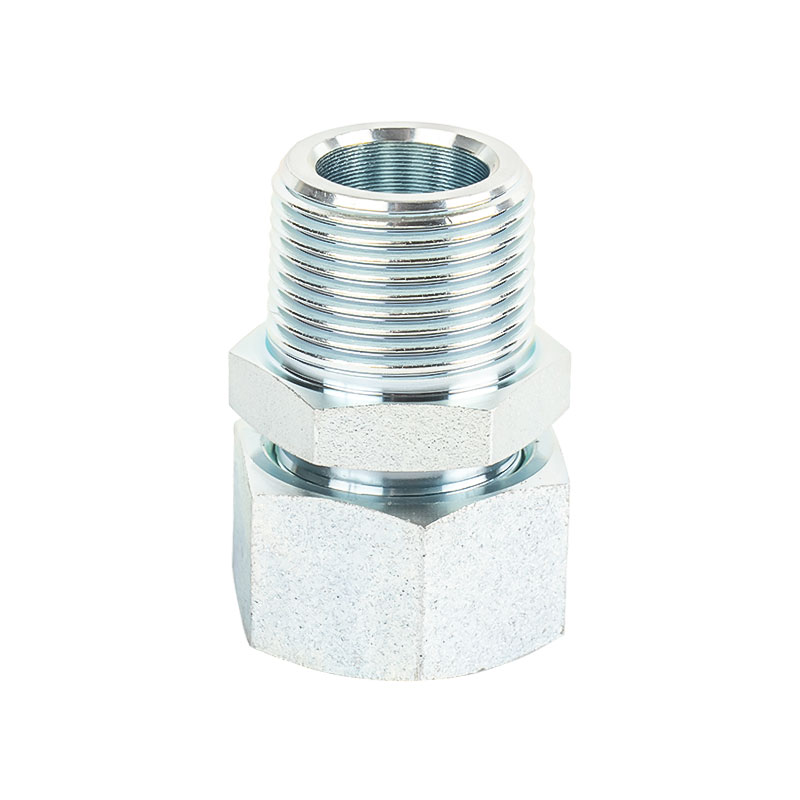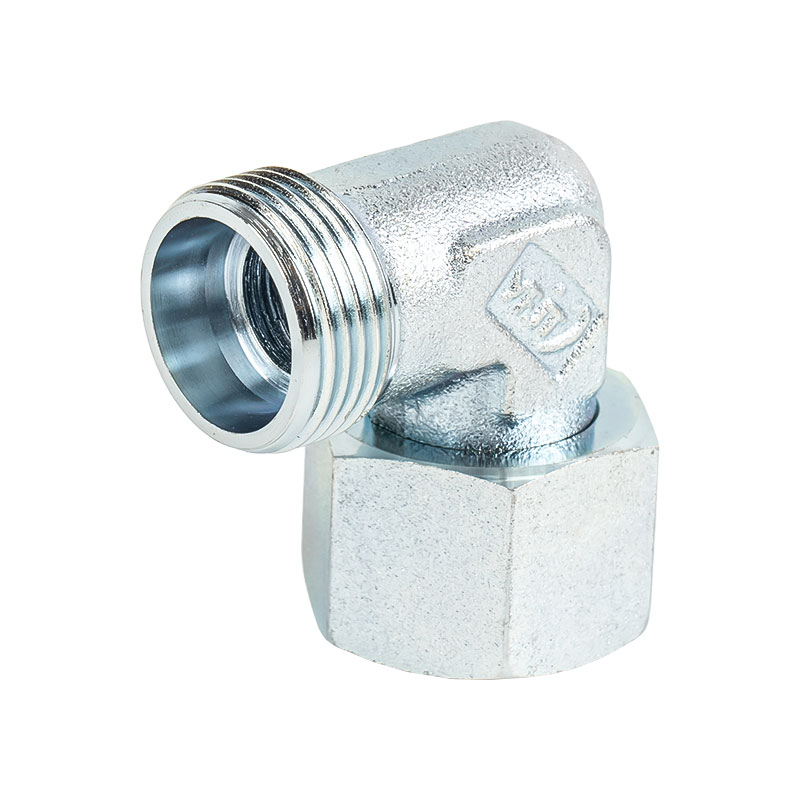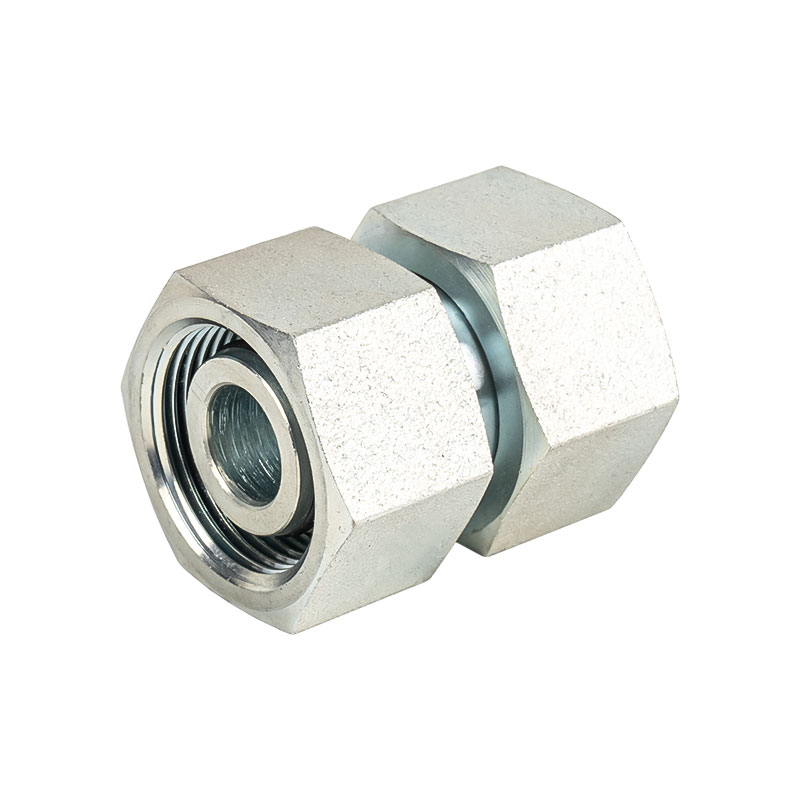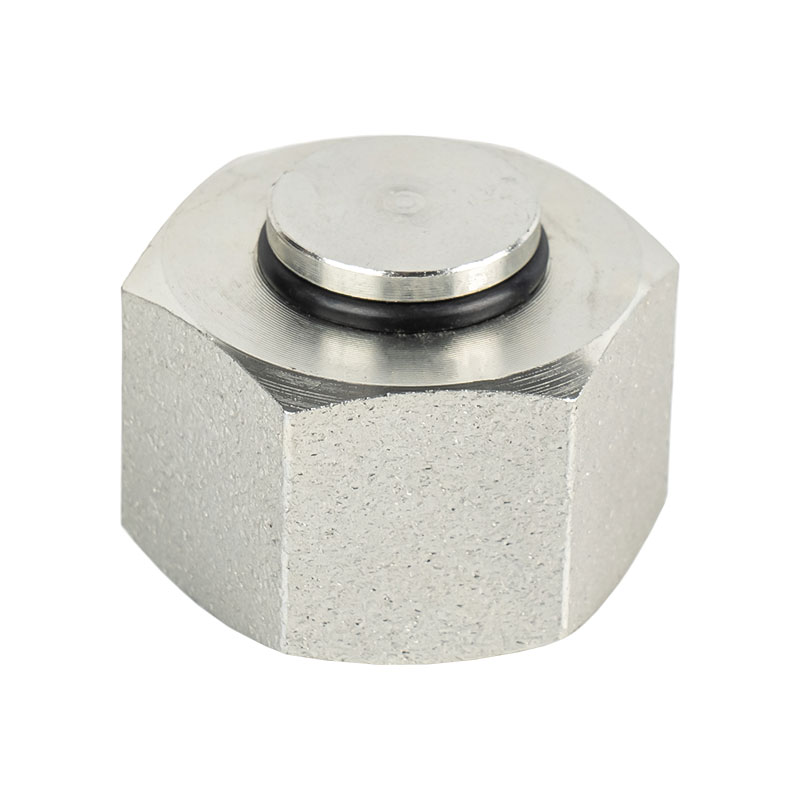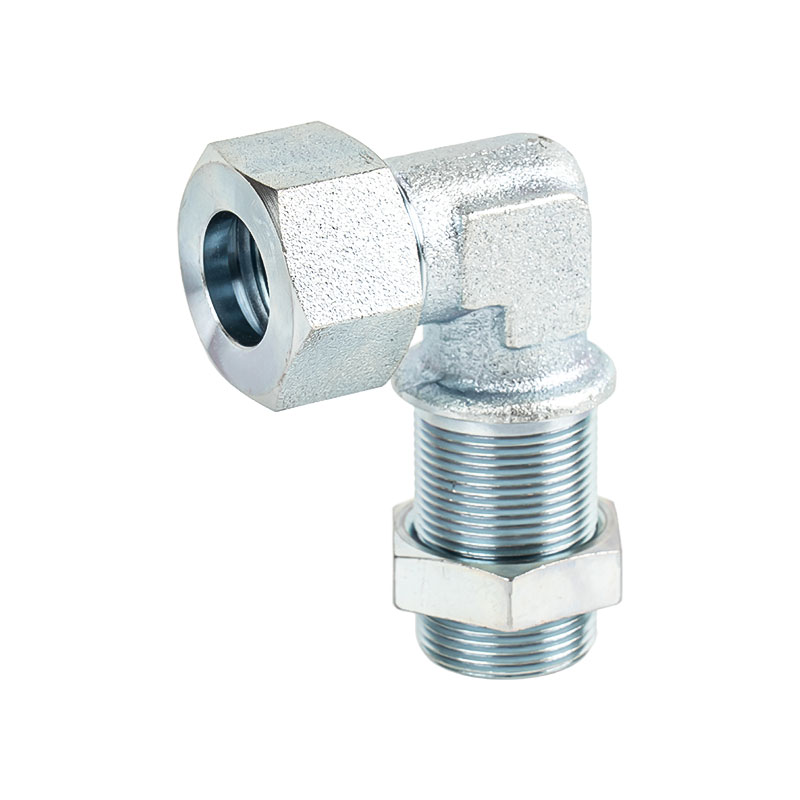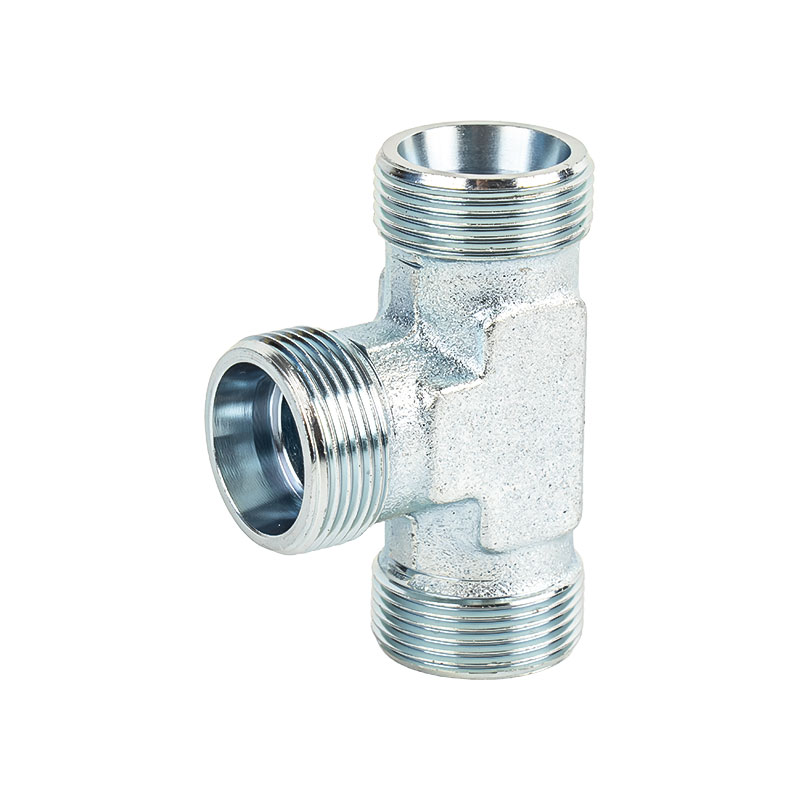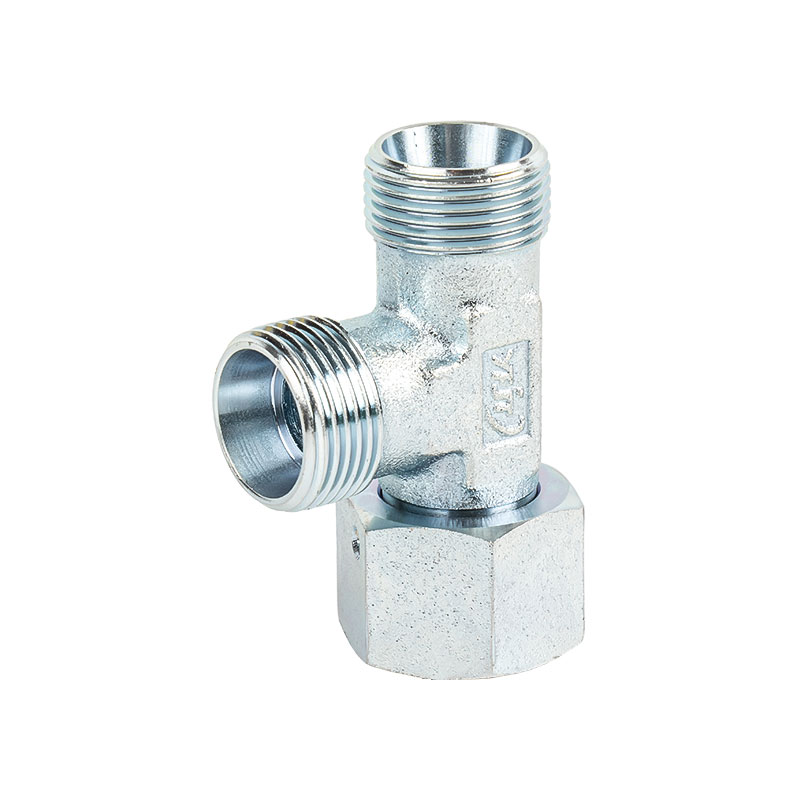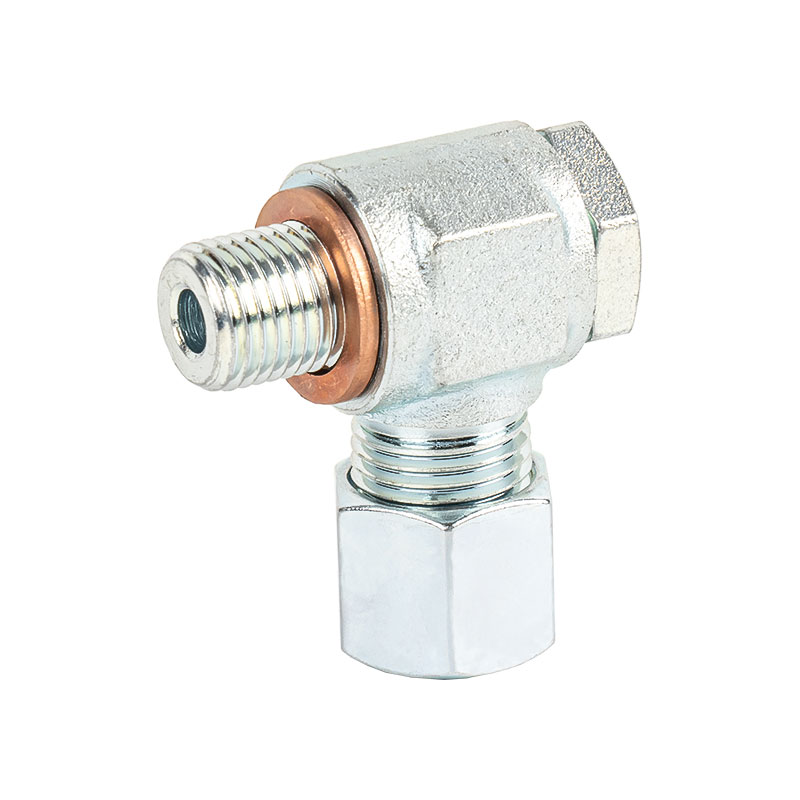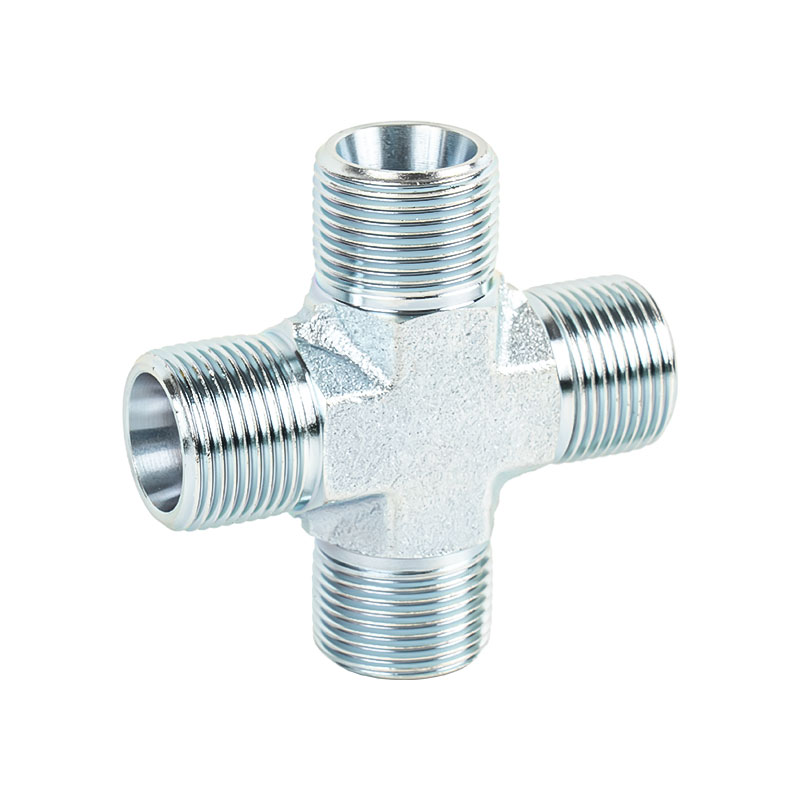Introduction to Hydraulic Hose Fittings and Leak Prevention
Hydraulic hose fittings play a vital role in maintaining the integrity and performance of hydraulic systems. These components connect hoses, tubes, and other elements to ensure efficient transmission of pressurized fluid without leakage. The design of hydraulic fittings must address several critical factors, including pressure resistance, sealing capability, material compatibility, and vibration endurance. Any minor leak within a hydraulic circuit can lead to performance loss, safety risks, and potential system failure. Therefore, the engineering principles behind hydraulic hose fittings focus on achieving a reliable, leak-free connection even under high operating pressures and fluctuating conditions.
Fundamentals of Hydraulic Pressure and Sealing
Hydraulic systems operate based on the transmission of energy through pressurized fluid. The pressure levels can range from several hundred to several thousand psi, depending on the system’s design. When this pressure is applied within hoses and fittings, the internal fluid attempts to escape through any weak point in the connection. A leak-free design must therefore ensure that the interface between hose and fitting is completely sealed and resistant to pressure deformation. The combination of mechanical grip, proper sealing geometry, and material resilience collectively contributes to maintaining tightness under varying pressures.
Components of Hydraulic Hose Fittings
Hydraulic hose fittings typically consist of three main components: the socket (or sleeve), the nipple (or insert), and the seal. The nipple forms the primary passage for the hydraulic fluid, while the socket clamps the hose securely in place. The sealing element, often made from an elastomer or metal-to-metal interface, prevents fluid leakage. The table below provides a simplified overview of these components and their respective functions.
| Component | Description | Primary Function |
|---|---|---|
| Socket / Sleeve | External collar that compresses the hose onto the insert | Provides mechanical retention and support |
| Nipple / Insert | Internal fitting section inserted into the hose | Directs fluid flow and forms the sealing interface |
| Seal (O-ring or metal interface) | Flexible or rigid barrier placed at the joint | Prevents fluid leakage under pressure |
Compression and Crimping Technology
One of the key methods that ensures leak-free operation is the use of compression or crimping technology during assembly. Crimping involves applying controlled radial pressure to deform the outer sleeve of the fitting, compressing it tightly against the hose. This process ensures a uniform grip and prevents the hose from detaching under pressure. The compression not only provides mechanical stability but also enhances sealing performance by maintaining consistent contact pressure between the hose and the fitting insert. Modern crimping machines use precise calibration to guarantee that each crimp meets the required specifications, reducing the likelihood of leaks due to improper assembly.
Role of Sealing Mechanisms
Effective sealing is the most critical aspect of hydraulic hose fittings. There are several types of seals used, including O-ring face seals (ORFS), flare-type seals, and metal-to-metal seals. O-rings, made from materials such as nitrile or fluorocarbon, are placed in specially designed grooves that compress them slightly when tightened. This compression allows the O-ring to fill small surface imperfections, forming a barrier that prevents fluid from escaping. Metal-to-metal seals rely on finely machined contact surfaces that deform microscopically to create a tight seal. The correct choice of seal type and material depends on the operating pressure, temperature, and fluid compatibility.
Material Selection and Compatibility
The selection of materials for hydraulic hose fittings is another crucial factor that ensures leak-free operation. Common materials include carbon steel, stainless steel, and brass. Each material offers distinct advantages depending on the application environment. Carbon steel fittings provide strong mechanical strength for high-pressure systems, while stainless steel offers superior corrosion resistance in harsh conditions. Brass is often used for lower-pressure applications or where resistance to chemical corrosion is essential. The choice of material must also match the hydraulic fluid to prevent degradation or chemical reaction that could compromise sealing integrity.
| Material | Pressure Suitability | Corrosion Resistance | Typical Application |
|---|---|---|---|
| Carbon Steel | High | Moderate | Heavy-duty industrial systems |
| Stainless Steel | High | Excellent | Marine, chemical, and food-grade environments |
| Brass | Moderate | Good | Low to medium-pressure systems |
Thread and Connection Design
The thread design of hydraulic fittings significantly affects their ability to maintain a tight, leak-free connection. Common thread types include BSP, NPT, JIC, and metric threads. Each of these thread systems follows specific dimensional and taper standards that determine how well the threads engage and seal. Tapered threads, such as NPT, rely on metal-to-metal contact and thread deformation for sealing, while parallel threads often incorporate O-rings or bonded seals to prevent leakage. Proper thread engagement ensures uniform load distribution, reducing the chance of micro-gaps or loosening that could lead to leakage under pressure.
Hydraulic Hose Reinforcement and Compatibility
The design of the hydraulic hose itself also contributes to leak prevention. Hoses are typically reinforced with steel wire or textile braiding to resist pressure expansion. The fitting design must complement the hose’s reinforcement type to ensure a secure connection. When the fitting insert and the hose reinforcement interact correctly during crimping, they create a mechanical interlock that prevents slippage and maintains sealing pressure. Compatibility between hose and fitting dimensions is critical; mismatched components can create uneven pressure distribution and cause premature wear or leakage.
Surface Finishing and Tolerance Control
Surface finishing and manufacturing tolerances directly influence sealing performance. Smooth, precisely machined surfaces allow for better contact between sealing elements. Any surface imperfections such as scratches, pits, or burrs can compromise the seal and create micro-leak paths. High-quality fittings undergo precision machining and surface treatments such as zinc plating or passivation to improve corrosion resistance and maintain surface integrity. Tight dimensional tolerances ensure that the fitting components fit together uniformly, reducing mechanical stress and maintaining consistent sealing pressure during operation.
Vibration Resistance and Dynamic Stability
Hydraulic systems often operate under conditions where vibration and mechanical movement are common, especially in mobile equipment or industrial applications. Fittings designed for such environments must absorb or resist vibration-induced stress. Specialized fittings use swivel joints or flexible couplings that accommodate slight movement without compromising the seal. Additionally, locking mechanisms such as flare nuts or retaining rings prevent loosening caused by repeated motion. Vibration-resistant designs help maintain seal compression and prevent fatigue-induced micro-leaks over time, ensuring long-term reliability.
Assembly and Installation Precision
Even the most well-designed fittings can fail to maintain a leak-free seal if they are improperly assembled or installed. Proper torque application during assembly ensures that sealing components are neither under-tightened nor over-tightened. Under-tightening can result in insufficient compression of the seal, while over-tightening may deform or damage sealing surfaces. Using manufacturer-recommended torque specifications and assembly tools is essential for maintaining integrity. Additionally, cleanliness during assembly prevents contamination from particles that could compromise the sealing interface and cause gradual leakage under pressure.
Testing and Quality Assurance
To guarantee leak-free performance, hydraulic fittings undergo extensive testing and quality checks. Common test methods include hydrostatic pressure testing, burst pressure testing, and helium leak detection. Hydrostatic tests involve subjecting the assembled fitting to pressures above its rated capacity to verify sealing performance and structural strength. Burst testing evaluates the fitting’s ability to withstand extreme pressure spikes, while leak detection identifies even the smallest imperfections in sealing surfaces. These tests ensure that each fitting meets industry standards before being integrated into hydraulic systems.
Innovations in Hydraulic Fitting Design
Recent advancements in hydraulic fitting design have introduced new sealing technologies and quick-connect systems that simplify installation while maintaining reliability. For example, reusable fittings allow maintenance without damaging the hose, reducing downtime. Flat-face quick couplers use integrated seals that minimize fluid loss during disconnection. Additionally, advanced coatings and composite materials improve corrosion resistance and maintain dimensional stability under high pressure. These innovations collectively enhance system safety and contribute to more consistent leak-free operation in a wider range of applications.

 中文简体
中文简体